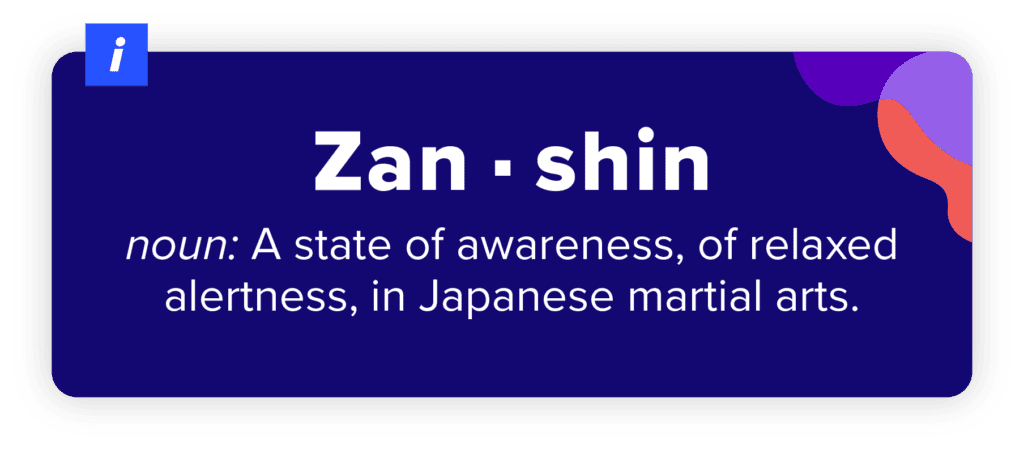Win-loss analysis: not an option, a necessity
Why are you winning and why are you losing? A simple question on the surface, so you may be getting simple answers.
Do any of these sound familiar?
- They’re not ready to commit
Getting a broad sense is great, but a truly competitive program digs deeper into your wins and your losses.
I like to think of it as a recipe really: the more detailed, the better. What made things sweeter for the prospect, and what things made them feel salty?
In a less foodie fashion, you will know how to emphasize your strengths and mitigate your weaknesses. Win-loss is the foundation for discovering all these things.
Not just at the end, why not in the middle?
Most win-loss is done after the opportunity reaches its “close” status. Digging deeper with the panellists on the Winner’s Circle got me thinking — why not collect this information DURING the journey?
There’s a lot of good information that can be captured at different moments of the process, as opposed to the conclusion of the sale cycle. For example: at what moment did you notice interest or significant buying signals from the prospect?
I have plenty of work to do on my own win-loss program, but the Winner’s Circle gave me a lot of answers. It even got me asking brand new questions and competing against the traditional thinking of win-loss.
The real “secret sauce” is differentiation
The easiest way to dominate your market is to dominate with intel. If you’re in the B2B space, especially SaaS, there’s no shortage of competition.
For one thing, B2B is extremely saturated. If there’s a business problem to be solved, technology is finding a way to solve it.
And once one person solves it, there’s a caravan of people waiting to do the same thing.
Take LucidLink for example, fighting the battle of data storage and file sharing. We have plenty of competition, with many household names already established. The best piece of advice I got from the Winner’s Circle is this: differentiate.
So much more than just features and functions
Differentiation goes far beyond features and functions. Product-level differentiation is becoming harder and harder for two reasons:
- Fear of extinction without copycatting products
- Tech development is becoming extremely efficient
Don’t fall into the trap of playing catch-up to features. Consumers are looking far beyond features anyways, and the best way to differentiate is in other areas like:
Your competitive intel should be able to surface the insights you need to distinguish yourself from your competition, no matter how saturated it gets.
Don’t just get ready; stay ready
It makes sense though, right?
What great competitive program is solely based on a reactive approach like:
- Identifying a competitive product launch after the beta phase is completed
- Hearing from a targeted prospect that their existing solution is merging with another company
- Losing a renewal because there is a new competitor in the market.
Other than opening Christmas presents, most things in life should be handled proactively instead of reactively. Compete is no different.
A staple for my everyday life, but Andy McCotter-Bickner really put a new perspective on “staying ready” when it comes to competing. Here’s your word of the day:
I’m not sure many of us think of competitive intelligence as relaxed or alert, but it’s really the best way to look at things: - Stay alert and aware of the landscape, locked in on your competition’s next moves.
- Stay relaxed and calm. Win or lose, competition is your mechanism for improvement.
The Winner’s Circle really turned out to be an A+ event. It gave me a chance to connect some dots, learn new strategies, and explore new concepts.
Competitive isn’t a “set it and forget it” type of function. If businesses want to survive, they need to adapt.
So while your competition is making changes, you need to be ready for everything they’re doing — and you need to stay ready for everything they’re going to do.
And remember, competitive intel goes well beyond battle cards and Sales Enablement.
Get your product teams, your executives, and heck…even the board members — on board.
You’ll see the impact and you’ll maximize the value of your program.
Eric Holland is the Sales Enablement Manager at LucidLink 




